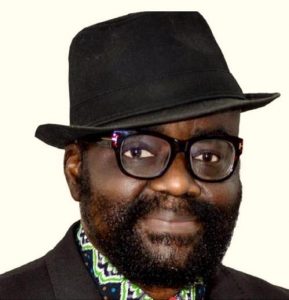Protests erupt again over coronavirus shelter-in-place orders. Here’s why governors aren’t budging

“Freedom over fear,” read one protester’s sign in Indiana. “Shutdown the shutdown,” another sign in Maryland said.Car horns blared in the streets of Annapolis, where members of the group Reopen Maryland said the closures of businesses have been financially devastating.”We don’t think that there’s any reason we can’t protect the elderly and the vulnerable from this virus and still get our small businesses back up to work,” Paul Brockman told CNN affiliate WBAL.In Indianapolis, protester Andy Lyons said he understands the health risks. But he wants the government to back off.”If I get sick, then I am going to bear the consequences of my getting sick,” Lyons told CNN affiliate WTHR. “If anybody else gets sick, they bear the consequences of their free choice without government coercion to do so. That’s what this is about.”Across the country, more protests are popping up in both red and blue states. Michigan, Ohio, Kentucky, Minnesota, North Carolina, Utah, Colorado and Washington have all seen protests in recent days.And more protests are expected, including in western New York state on Monday.Maryland Gov. Larry Hogan said he understands “the frustration among the people that want to get things open right away. I’m frustrated also.” “We’re doing everything we possibly can to reopen in a safe manner,” the Republican governor told CNN’s “State of the Union” on Sunday. “But I don’t think it’s helpful to encourage demonstrations and encourage people to go against the President’s own policy.” It’s too early to reopen, according to White House guidelinesIn both Maryland and Indiana, some protesters wore hats or waved flags that supported President Donald Trump. But Hogan pointed out that Trump’s own proposal for states to reopen in phases wouldn’t allow Maryland to open anyway. Among the guidelines for “Opening Up America Again,” states shouldn’t start to reopen until they have a downward trajectory of documented cases in a 14-day period or a downward trajectory of positive tests as a percent of total tests in a 14-day period. Hogan, the chairman of the National Governors’ Association, said states such as his own haven’t met those White House guidelines yet. A state-by-state breakdown of coronavirus cases and deathsTrying to prevent a deadlier second waveOne of the loudest recent protests was in Michigan, where protesters denounced Gov. Gretchen Whitmer’s extension of the state’s stay-home order through April 30.”I realize how important this virus is, but now we’re getting to the point where we’re shutting too much stuff down,” protester Tom Hughey, who said he has a small business, told CNN affiliate WILX.The Michigan Nurses Association called the protest “irresponsible,” saying it “sends exactly the opposite message that nurses and healthcare professionals are trying to get across: we are begging people, please stay home.”Whitmer told CNN’s “State of the Union” on Sunday that her state is definitely not ready to reopen. “Michigan, right now, has the third highest death count in the country” from coronavirus, Whitmer said.”No one’s more anxious to re-engage our economy than I am. But I want to do it in a way that really does save life. … That means that we can avoid a second wave. Because as tough as this is, it would be devastating to have a second wave.”Health officials have warned additional waves of coronavirus are virtually inevitable. But “it’s up to us how big those other waves will be,” epidemiologist Dr. Larry Brilliant said.He cautioned against repeating mistakes from the Spanish flu pandemic that killed 675,000 Americans. Back then, epidemiologists say, people let up on social distancing too early — leading to a second wave of infections that was deadlier than the first.You asked, we’re answering: Your top coronavirus questionsCNN’s Dakin Andone, Samuel Romano and Chuck Johnston contributed to this report.




